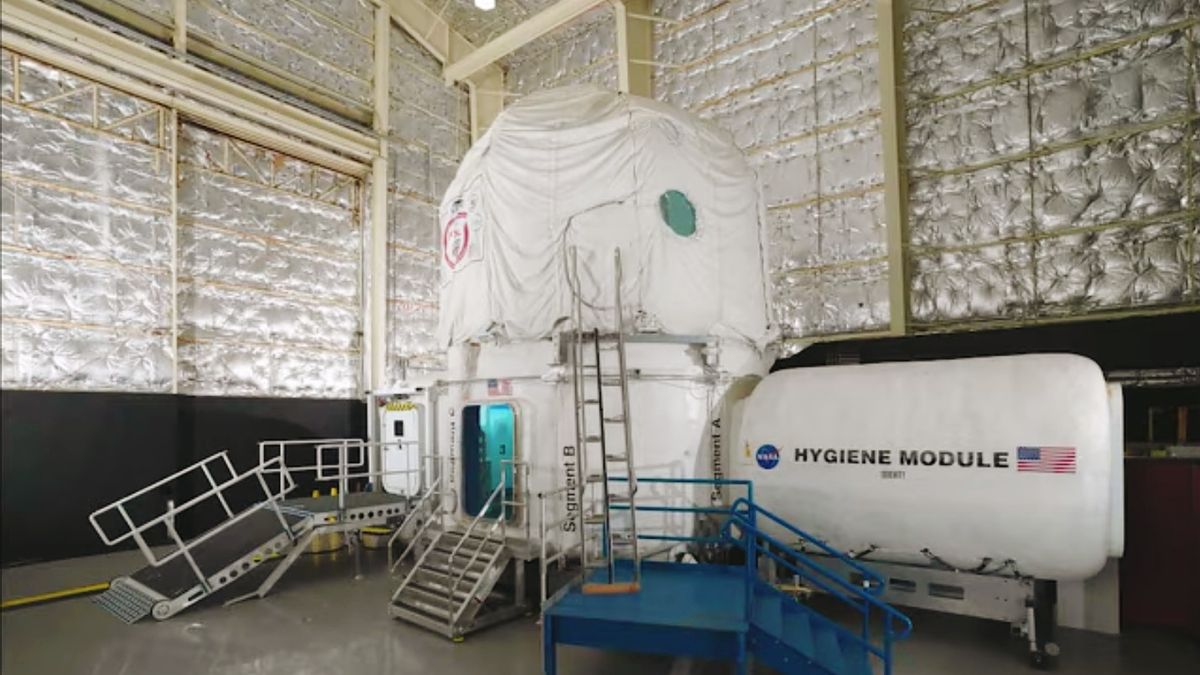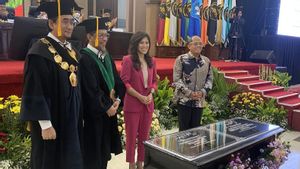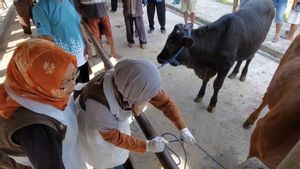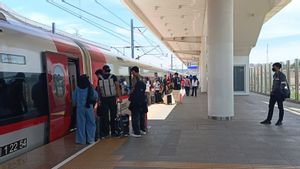JAKARTA - The United States Space Agency (NASA) will begin their latest mission, by placing as many as four volunteers who will live on Mars. However, it doesn't really go away.
The four volunteers will run a simulation that puts them into a module or as they call it a habitat designed for the needs of a mission on Mars. Starting October 1, 2021, these four people will live and work for 45 days in a unique land-based habitat at NASA's Johnson Space Center, Houston.
This small habitat is dubbed the Human Exploration Research Analog, or HERA. Designed to simulate isolation, confinement and remote conditions in exploration scenarios.
Later, HERA will accommodate crew members who will simulate a long journey to Phobos, Mars' moon. Similar to other HERA missions, once the habitat door is closed, the crew must stay inside for 45 days until the mission ends on November 15th.
As the simulated journey brings crew members closer to Phobos, those on the inside will experience delays in communicating with the outside world. When the simulation is successful in bringing the crew to Phobos, this delay will last up to five minutes each way.
The communication breakdown will force the crew to coordinate their journey, to practice communicating in a way that minimizes the impact on mission operations, and allows the crew to be independent enough to complete the mission.
The upcoming mission marks the start of HERA's Campaign 6. Three additional missions will follow as part of the campaign, with the final exit set for September 12, 2022.
For your information, NASA's Human Research Program will conduct 15 studies in total across the mission. The data collected as part of this mission will continue to help prepare humanity for the Artemis exploratory mission to the Moon, planned trips to the Moon Gate, and long-term missions to Mars.
The following is data on the four volunteers who will undergo a mission to Mars inside HERA, as reported by NASA's official website, Friday, October 1.
Dr. Lauren CornellThis beautiful woman is a graduate of Texas A&M University, the University of Texas at San Antonio, and the University of Texas at Austin. As a research scientist, Cornell has studied human evolutionary genetics, investigated the use of carbon nanotubes for guided neural growth, and used magnetic nanoparticles to regenerate eye tissue from battlefield injuries. He did his final research in the Department of Sensory Trauma of the US Army Institute of Surgical Research.
Monique GarciaHe worked as a human factors engineer and systems administrator for The MITER Corporation, which was tasked with developing user interfaces for telescope systems to be used on NASA's Space Network. He also helped develop a task automation system on satellites for the US Space Force.
Christopher RobertsThe only man on the HERA volunteer team, Roberts works as a project engineer with NASA's Cold Stowage team to support the International Space Station program. In this role, he is responsible for end-to-end integration and in-orbit operations for the hardware fleet on the space station and visited vehicle missions.
Previously, he was a cargo operations flight controller for the shuttle and for assembly missions to the space station.
Madelyne WillisWillis is a microbial ecologist from Atlanta, Georgia. He has extensive field experience, including several deployments to the Arctic and Antarctica. Willis is working on his PhD in Ecology and Environmental Science at Montana State University in Bozeman, Montana.
His primary research is focused on polar ecology, understanding how microorganisms survive in frozen environments, and how microbial activity can alter the geochemistry of glacier ice. Willis is also actively involved in projects to develop new spectroscopic instrumentation for the exploration of Earth and planets.
The English, Chinese, Japanese, Arabic, and French versions are automatically generated by the AI. So there may still be inaccuracies in translating, please always see Indonesian as our main language. (system supported by DigitalSiber.id)









